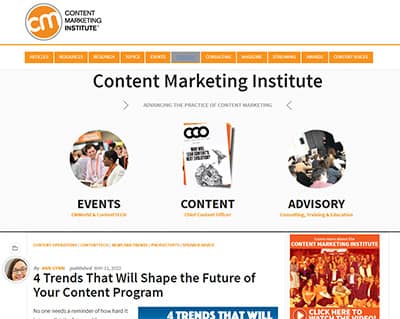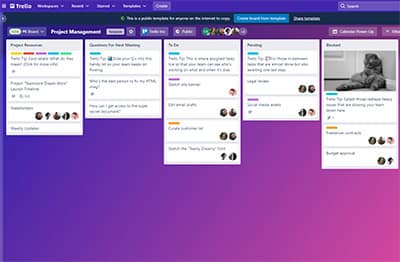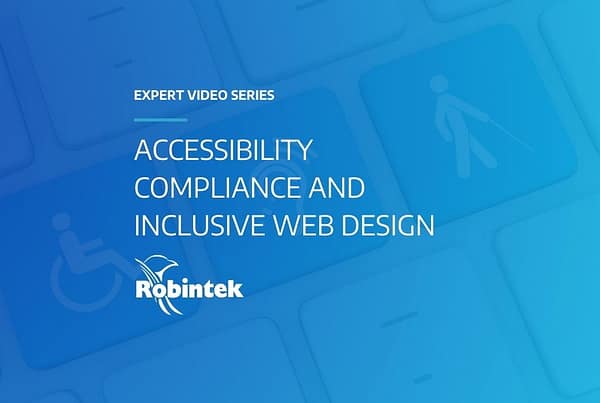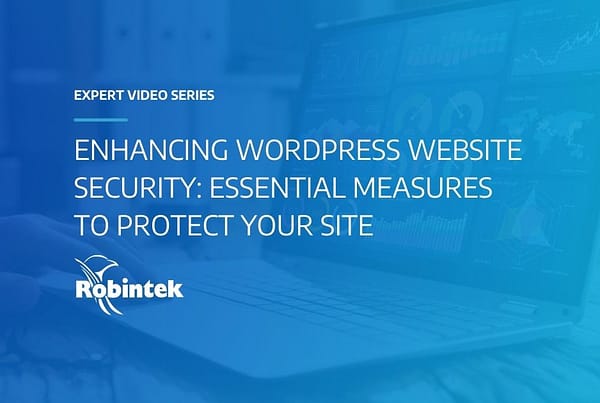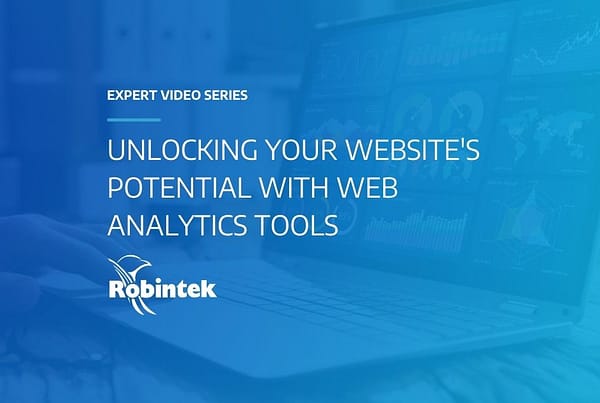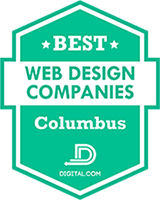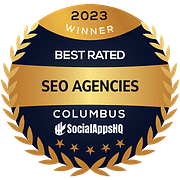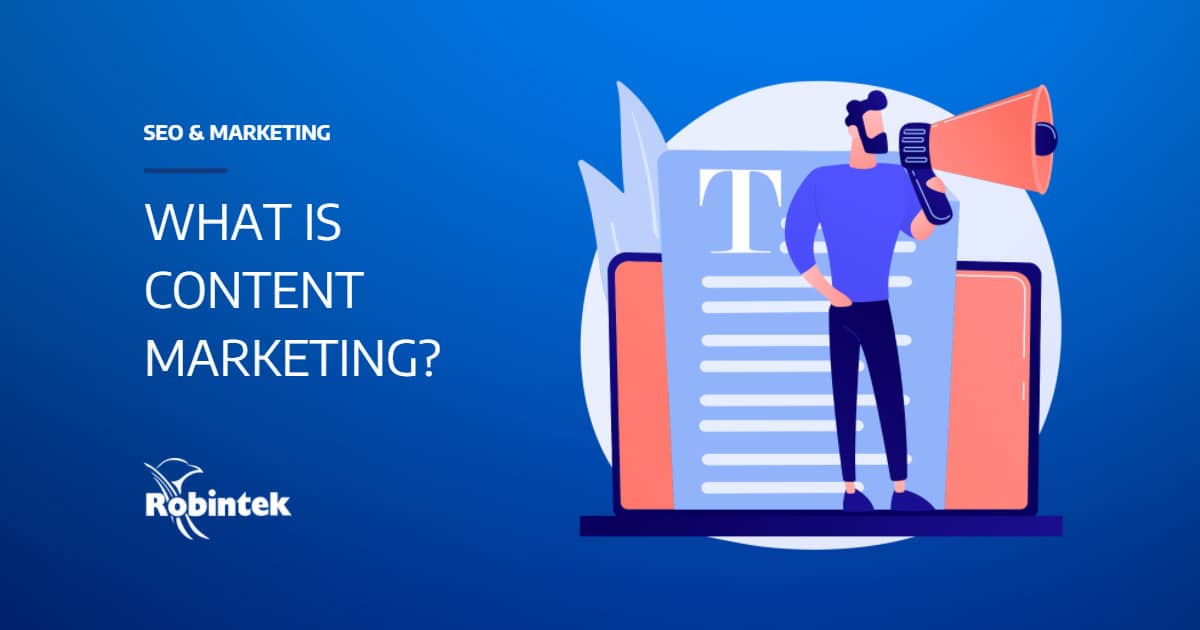
If you’re a small business owner or marketer, chances are, you’ve heard the term “content marketing.” Although it’s a commonly used marketing tactic, many business owners are unfamiliar with what it actually means or how to begin their content strategy.
Content marketing is becoming an increasingly efficient method of generating leads and sales. For this reason, it’s critical that business owners become familiar with the concept. Understanding how to use content marketing effectively can help elevate your business above and beyond the competition.
In this post, we’ll outline the definition of content marketing and identify different content formats. We’ll also list some actionable steps and provide resources for your company to help launch your content marketing strategy.

What is the purpose of content marketing?
The Content Marketing Institute defines content marketing as: “a strategic marketing approach focused on creating and distributing valuable, relevant and consistent content to attract and retain a clearly-defined audience — and, ultimately, to drive profitable customer action.”
Simply put, content marketing is providing long-term value to your customers through storytelling. It’s the process of creating consistent, high-quality content like articles, videos, e-books, and more to cultivate a strong relationship with your audience.
The content you produce can be promoted, shared, and repurposed across a number of platforms to maximize your reach.
Through content marketing, you develop brand awareness and generate leads by creating helpful, interesting, and entertaining content.
While the term has gained common usage in the Internet age, content marketing has existed as a marketing strategy for hundreds of years.
Experts cite Ben Franklin’s popular Poor Richard’s Almanack, published in 1732, as the first true instance of content marketing. While the almanac provided valuable information and entertainment to its readers like weather forecasts and puzzles, it also worked as an advertisement for Franklin’s printing business.
Since then, companies have created magazines, how-to videos, and even movies (the Lego Movie, for example) to engage their target audience while promoting their business at the same time.
Effective content focuses on your customer, their specific pain points, and how your product or service can solve their problem.
But unlike traditional advertising methods, content marketing shouldn’t be pushy or overly focused on sales.
Instead, your message should provide valuable information to your customers to demonstrate that you care about their well-being. A strong connection to your customer builds loyalty and ultimately drives sales.

Source: Franklin, Benjamin. Poor Richard, 1739. An Almanack for the Year of Christ 1739. 1739. Wikipedia

Why is content marketing important?
By providing your audience with relevant, quality material, you can build confidence and authority in your brand. With the vast number of websites, products, and companies on the market today, customers are looking for brands to purchase from that they can trust.
Throughout the buying stages – awareness, consideration, and decision – content marketing is your company’s greatest asset. Providing educational, engaging content to your audience builds brand awareness and recognition which leads to increased sales.
These days, customers are bombarded with poor-quality content every time they access the Internet. When you take the time and energy to develop good, useful content for your audience, your business will stand out above the competition.
While content generation may not lead to an immediate sale, it establishes your company’s value and credibility. This will help draw in customers when they’re ready to make a purchase.
Content marketing is also an effective method of implementing search engine optimization (SEO) practices. SEO helps boost your rankings on Google and other search engines. A higher ranking drives more organic traffic to your website and generates conversions.
Each piece of content you create is an opportunity to implement SEO. The more content you produce, the more potential customers you’ll be able to reach.

What are the different types of content marketing?
There is a plethora of different content marketing options that businesses use to promote their services. While content can be created online or offline, most content marketing strategies today use digital content to boost brand awareness.
Since the average American checks their phone once every 4 minutes, utilizing online content is highly efficient for reaching your audience.

Blog posts
For example, blog posts can be used to share your story and demonstrate your company’s knowledge. How-to articles or long lists posts are engaging and provide your customers with helpful, educational information. You can even include coupons or free offers in your posts to offer more value to your reader.
When customers feel that they have received worthwhile content from your brand, their loyalty to your business grows, leading to a higher number of conversions.
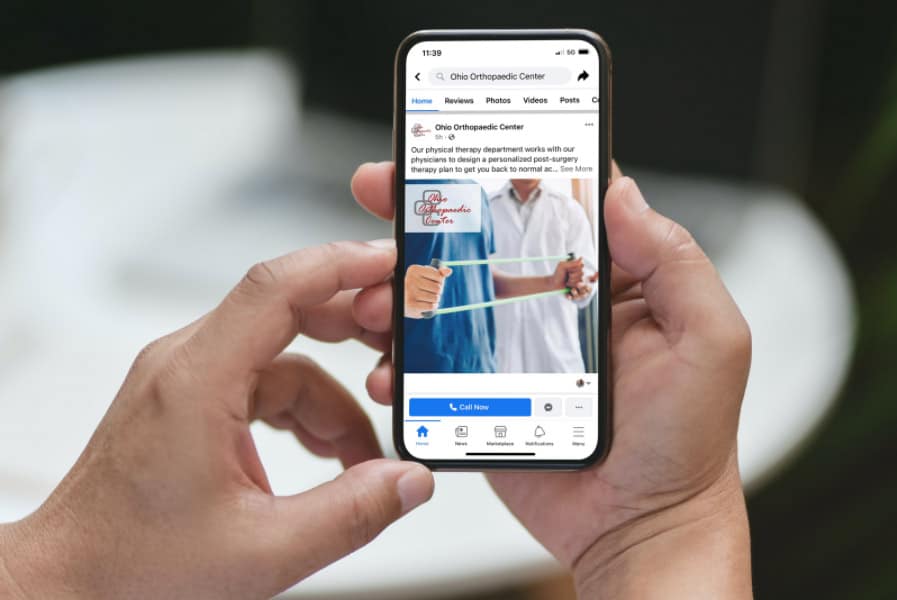
Social media
With the proliferation of social media, platforms like Facebook, Instagram, and Twitter can be a highly effective means of promoting content to your audience. Social media is extremely valuable to marketers as it offers free access to a huge number of people in your target audience.
But people don’t go on social media to see ads, so use your platforms wisely. Posting entertaining or educational content without pushing hard on a sales message helps establish a genuine connection to your customers before they make a purchase.
Videos
Another compelling form of content marketing is video. Out of all the different media formats, customers are more likely to remember and engage with videos over text. This can include viral videos, product videos, training and how-to videos, and even live videos.
Consumers value transparency and honesty, so live video is becoming an increasingly popular way to communicate with prospective and existing customers. With the rise of TikTok and other short-video streaming platforms, the popularity of video for content marketing purposes will most certainly continue to increase.

Infographics
Infographics that convey important or interesting information are more engaging and more memorable. With infographics, companies can communicate their story in a creative, visual way, using brand design elements to increase recognition.
Like video, images make a more significant impression on customers than plain text. Incorporating graphs, charts, or diagrams help explain complex figures or concepts in an easy-to-read way.
They can also be easily distributed across multiple platforms, allowing customers to like and share infographics that resonate. This helps to increase your company’s brand recognition and credibility.
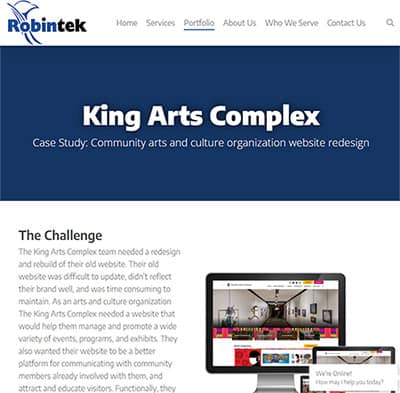
Robintek Case Study, King Arts Complex
Other types of content marketing formats include:
-
E-books
-
Newsletters
-
Webinars
-
Podcasts
-
Case studies
-
Polls & surveys
-
Paid ads
-
Press releases
-
FAQs
-
and much, much more.

How do I develop a content marketing strategy?
1. Set your goals
First, you’ll want to start with setting specific business objectives. This will help you focus your content.
For example, you can set a goal of increasing conversions, enhancing brand loyalty, or building engagement with your audience.
At these beginning stages, you should also establish a budget. Your budget will help you determine what to prioritize in your strategy.
2. Audit your existing content
Unless you’re a brand-new business with no online presence, you likely already have some content on your website.
Review your existing site content and use analytics to see which content has had the most impact on your audience. Use that information to determine which types of content to create going forward.
You can also use this time to update your existing content with more current information. Reoptimized content can go a long way towards increasing your site rankings and reaching a larger market.
3. Define your audience
When developing your content marketing strategy, it’s important to focus on your target audience. The better you understand their pain points and goals, the more powerful your message will be.
Outline your customer’s specific problems, desires, and demographics to get a clear sense of who you’re marketing to. Align your content ideas to match these needs and goals.
4. Identify KPIs
You will also want to identify your key performance indicators (KPIs). KPIs are specific data points, like the number of social media followers or e-mail subscribers, site traffic, or shares, that you can use to measure content marketing outcomes.
Keeping track of your KPIs and other analytics is vital to measuring the success of your content marketing campaign and identifying areas for growth.
5. Determine your USP
Defining your unique selling proposition (USP) is also an important step in your content marketing plan. With so many businesses competing for your customer’s attention, it’s essential that you identify what makes your business stand out from the crowd.
Once you have defined your USP, ensure that the content you develop incorporates that message consistently. Use your content to help demonstrate why your unique service or product will benefit your customer’s lives.
6. Produce and publish
Then, you’ll need to decide on the type of content you want to create. This will depend on your audience, their needs, and where they spend their online time.
Once you’ve landed on the format, start brainstorming ideas for your content. You can gather ideas from online forums, customer reviews, Google search related topics, and more. Create a content calendar to help you keep your posts organized.
Depending on the type of content you decide to make, you will also need to choose which channels or platforms you’ll use to promote your content. If you’re just starting out with social media, select a couple of accounts to focus on based on what your customers use. You don’t need to conquer every platform at once!
7. Analyze your results
Once you’ve created and distributed your content, analyze your data to measure your results. You can use tools like Google Analytics to break down your detailed data reports and get customer insights to improve your ROI.
With these results, you can see what content was most effective with your audience and where you can improve going forward.

What are some good resources on content marketing?
There are a wide variety of online resources that content marketers can use to implement their marketing strategy. From online training classes to social media management, you can find tools to help you learn more about current trends or to easily distribute content to your audience.
To get started with content marketing, here are a few tools we recommend:
- The Content Marketing Institute (CMI) is a leading online resource for content marketers. They offer blog articles, research, virtual and in-person events, training, webinars, and more, whether you’re a beginner in content marketing or have advanced skills.
- Google Trends is a free resource that highlights popular search terms from around the globe. You can use this tool to brainstorm ideas for blog posts or any other kind of content.
- Canva is a free, intuitive design tool that allows you to create custom images, from social media posts to videos to infographics. They provide templates that can be customized to match your branding and can easily be shared.
- To manage your content, Trello is a free tool that can be used for organizing posts and projects. You can also use Trello to create content calendars.
- Mailchimp allows you to design, manage, and send e-mail campaigns to your subscriber list for free. It also provides analytics to measure the impact of your e-mails and get recommendations.

What are the investment costs for content marketing?
The cost of investing in content marketing can vary widely, depending on the size of your business and the services you use. Planning, content creation, and promotion all factor into the final figures.
On average, companies spend 26% of their marketing budget on content marketing. Companies with the most successful content marketing campaigns spend about 40%.
Statistics show that content marketing for B2B and B2C companies provides a high ROI, with a consistent increase yearly. Compared to traditional marketing, content marketing costs 62% less but results in 3 times as many leads.
It also generates 6 times the number of conversions than other marketing approaches. The impressive ROI of content marketing proves that it is highly effective.

Where can I get help with content marketing?
Designing a strong content marketing plan is key to getting your content noticed and producing results.
Once you’ve begun implementing your strategy, it’s important to analyze your data on a regular basis to understand which types of content are actually reaching and engaging your customers. Based on that data, you can tweak and plan your future marketing campaigns to maximize their effectiveness.
As mentioned above, there are plenty of resources to help get you started with content marketing. But for many business owners, taking the time to learn about all the different content practices, formats, and tools can be daunting.
If you’re struggling to implement a successful content marketing strategy, Robintek can help. We offer marketing and content creation services to help you develop fresh, consistent content that delivers your message effectively to your audience.
Want to learn more? Reach out to our content specialists to start growing your business with content marketing today!
Who We Are
Robintek is a Central Ohio web design and web development company based in Columbus. We offer content creation, content strategy, and content marketing services to help build your brand’s online presence. Our team of web developers, designers, and marketers can also provide other custom digital solutions to add value to your business, including eCommerce marketing, graphic design, SEO, photography, logo design, and much more.
For over 20 years, Robintek has served over 600 clients in Central Ohio and across the country. Ready to start working with Robintek for your website development and web design needs? Request a consultation today!

